
The Role of Oxygen in Brewing
Oxygen plays many roles during various stages of the brewing process, but preventing the pickup of oxygen from the end of fermentation is key.
You are using an outdated browser not supported by The Brewers Association.
Please consider upgrading!
Brewhouse operations range from mashing, to lautering, to boiling, and all are important to making great beer. The resources in this section will help brewers in every step of the brewing process.

Oxygen plays many roles during various stages of the brewing process, but preventing the pickup of oxygen from the end of fermentation is key.
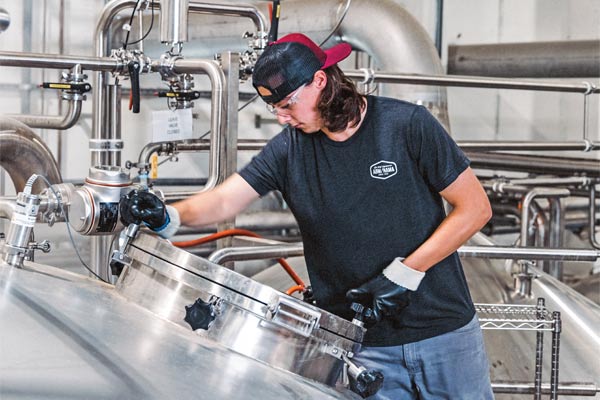
Brewing non-alcohol beer is fundamentally different from producing traditional beers that typically contain inherent barriers to ensure consumer safety and shelf stability.
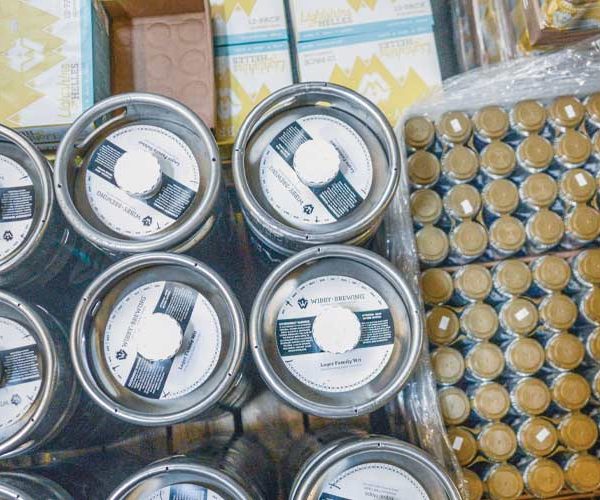
Being small doesn’t mean you don’t need to worry about structure and organization. A brewery making 600 barrels can be just as organized and efficient as one hitting 30,000.
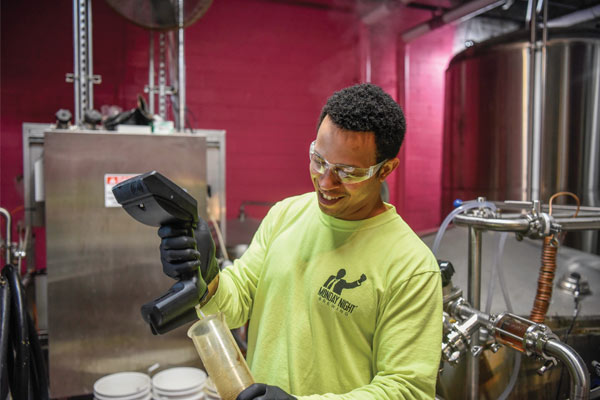
Too often, brewers talk about stability issues as something to react to rather than prevent. Careful consideration in all facets of the brewing process provides a better road map.

Originally designed to cool wort, coolships are becoming more prevalent in U.S. craft breweries for more than just spontaneous fermentation. A look at uses and best practices.

All brewers want to make good beer. Sending any amount of that beer down the drain means that some of our good work is wasted.
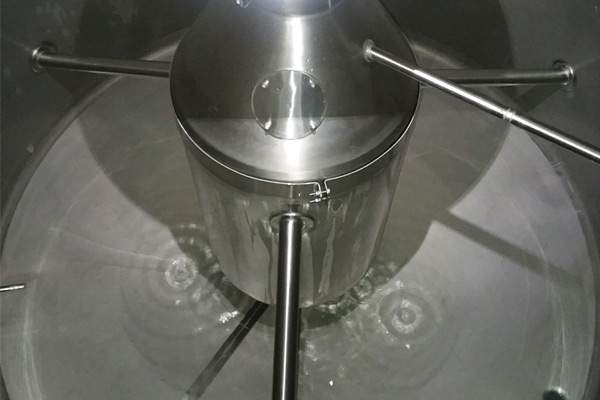
The process of passivation, while not well understood by many brewers, is a component of fresh and flavorful beer. Passivation helps protect stainless steel from chemical attack.
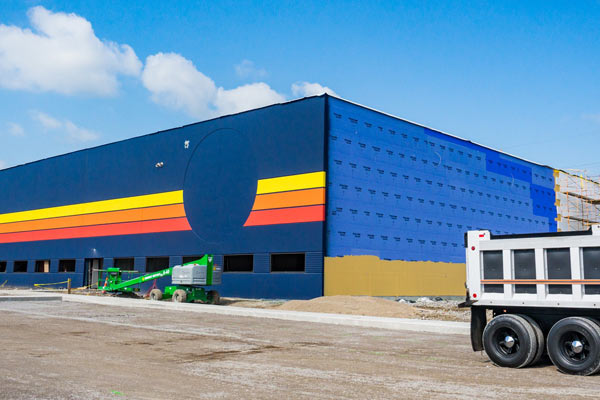
Contracting is an essential tool when you are building, modifying, or repairing your brewery. Building a communicative relationship with your contractor is the first step.

Ninkasi Brewing has adopted a mentality of continuous improvement—also known as lean manufacturing—to help solve its operational challenges.

As brewers reach into new markets, optimizing brewhouse performance and focusing on key indicators ensures greater shelf life stability without sacrificing time or capital.